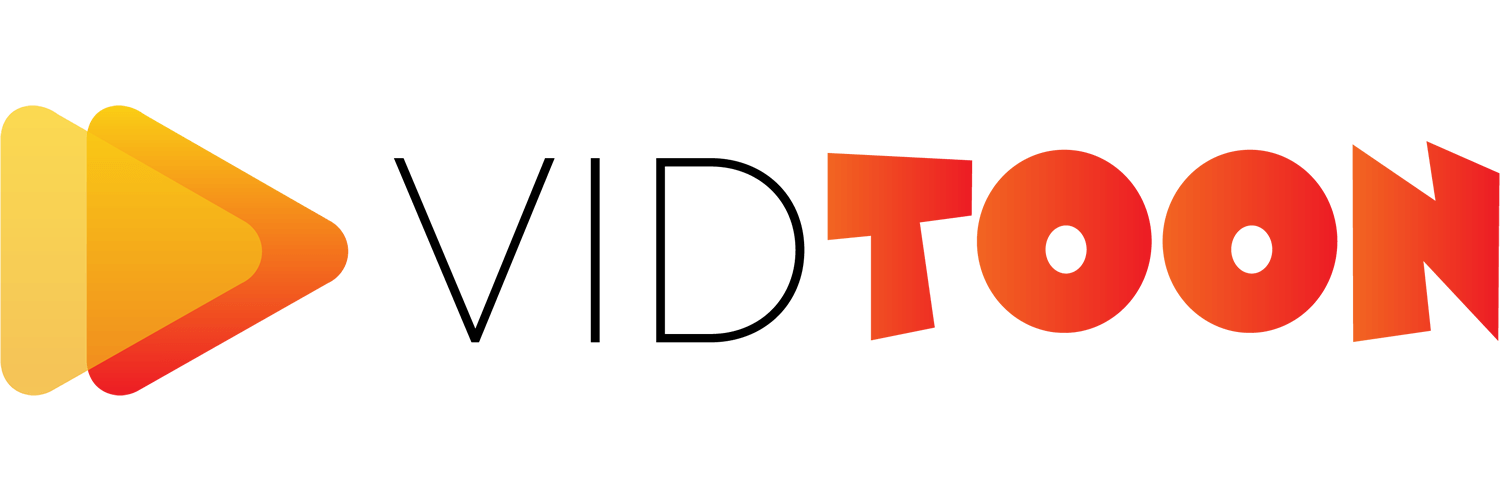

Tips and Advice For Future Transcriptionists
Have you ever dreamed of becoming a transcriptionist, but you do not exactly know how and where to start? Keep track, because this blog post is for you. Transcription can be defined as the process of converting speech into written or typed text. In recent years, the demand for transcription services has tremendously increased due to the rise of podcasting, video content creation, and remote work. As a result, many people are considering a career as a transcriptionist regarding its flexibility and lucrative option. Today, we will go through how much money you can make as a transcriptionist.
1- Main Types of Transcription:
There are two main types of transcription: Verbatim and edited transcription. Verbatim transcription captures every word and sound, including filler words, stutters, and pauses. Word-for-word transcription of a live event or a videotape can also be considered as a verbatim transcription. This type of transcription serves as a useful reference point for depositions, interviews, roundtable discussions, and other similar activities.
However, on the other hand, edited transcription removes filler words, stutters and pauses to create a more concise, direct, and readable document.
2- Industries With High Transcription Demand:
Transcription services are used in a variety of industries, including the legal, medical, entertainment, and academic fields.
In the legal industry, transcriptions are used to transcribe court proceedings, depositions, and court interviews.
Likewise, in the medical field, transcription can be used to convert oral or written dictation by healthcare professionals into a written or electronic document. It’s widely used in the medical field as a means of documenting patient care, including medical histories, physical examination reports, diagnostic imaging studies, and treatment plans. The transcribed documents serve as a permanent record of the patient’s healthcare and help healthcare providers make informed decisions regarding diagnosis and treatment. Additionally, medical transcription plays a critical role in the billing and reimbursement process, as insurance companies usually require a detailed documentation process.
According to PayScale, the average hourly rate for a transcriptionist is $15/h. However, this rate can vary depending on several factors, such as experience, location, and the type of transcriptions you perform.
The type of transcription being performed might also affect the pay, with edited transcription typically paying more than verbatim transcription.
Find your transcription jobs
If you would like to find transcription jobs as a freelancer, you can use online job boards, such as Upwork, or Fiverr, or you might want to reach out to businesses and individuals directly to offer them your services. It’s also a good idea to build up a portfolio of your work to showcase your skills and experience to potential clients.
Tips To Increase Your Earnings as a Transcriptionist.
To increase your earnings as a transcriptionist, consider building up your experience, improving your skills, and networking with others in the industry. You can also consider specialising in a specific type of transcription, such as medical or legal transcription, which can command higher rates.
Set Up Your Hourly Rate
When setting your hourly rate as a freelance transcriptionist, consider factors such as your experience, the type of transcription you are specialized in, and your market rates. It’s important to set a competitive rate that accurately reflects your skills and experience, but also allows you to make a fair wage. Do not ignore negotiating with clients and adjusting your rate as your experience and skills grow.
Starting a career as a transcriptionist can be a great opportunity for individuals who are looking for a flexible work environment and remote work. Transcriptionists transcribe audio recordings into written materials as the work is in high demand in a variety of industries. Including legal, medical, and entertainment. If you are considering starting a transcription career, here are some steps that will help raise and shine:
1- Familiarize yourself with the industry: To become a transcriptionist, you will need to have a good understanding of the transcription industry, the various types of transcriptions, the types of equipment and the proper transcription software that will make your work as professional as it can be.
2- Develop your typing skills: Transcription work requires fast and accurate typing skills. If your typing speed is slow, you may want to take some time to practice and improve your writing time load.
3- Specialize in a transcription type: Transcriptionists can specialize in a particular area, such as legal or medical. Choosing the right specialization will help you focus all your efforts and skills to increase your chances of finding work in your desired field.
4- Get certified: Many employers prefer to hire certified transcriptionists. Consider obtaining a certification from a reputable organization, such as the American Association of Electronic Reporters and Transcribers (AAERT).
5- Invest in the right equipment and the right Transcription software: To work as a transcriptionist, you will need a computer, a good quality headset, and a perfect transcription software.
6- Build your own portfolio: building your portfolio is a crucial part of your career. Start building your portfolio by transcribing audio files and storing them in a professional format. This will show potential clients your work as you will be able to share and demonstrate your skills.
7- Network building and finding clients: Once you have developed your skills and built your portfolio, it’s time to start looking for clients. Network with other transcriptionists and attend industry events that will help you find clients and showcase your skills.
Conclusion
Transcription software can be a great tool for businesses of all sizes. However, by choosing the right software and using it to its full potential, you can increase the accuracy and speed of transcription, improve accuracy and consistency of your transcriptions, and increase the readability of your transcripts. With the right transcription software, you can boost your business by increasing the accuracy and speed of translation, increasing accuracy and consistency of transcription, and increasing the readability of transcripts.